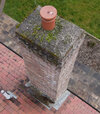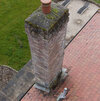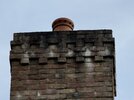I've recently purchased a property that exhibits water staining on the walls either side of both chimneys, as shown in the attached photos, along with some drone shots showing one of the chimneys from different angles. This issue wasn't visible on any of the survey photos that were taken in November, however, the UK has experienced some record rainfall since then.
I've contacted various roofers who have given different explanations and widely varying costs to resolve. I'd be very grateful for the thoughts of the roofing experts on this forum.
Many thanks.
I've contacted various roofers who have given different explanations and widely varying costs to resolve. I'd be very grateful for the thoughts of the roofing experts on this forum.
Many thanks.
Attachments
-
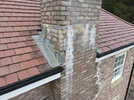 dji_fly_20240323_115238_253_1711195245288_photo.jpeg1.4 MB · Views: 195
dji_fly_20240323_115238_253_1711195245288_photo.jpeg1.4 MB · Views: 195 -
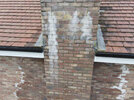 dji_fly_20240323_115210_251_1711195219201_photo.jpeg1.4 MB · Views: 127
dji_fly_20240323_115210_251_1711195219201_photo.jpeg1.4 MB · Views: 127 -
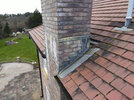 dji_fly_20240323_115148_249_1711195193026_photo.jpeg1.3 MB · Views: 139
dji_fly_20240323_115148_249_1711195193026_photo.jpeg1.3 MB · Views: 139 -
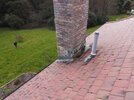 dji_fly_20240323_114846_233_1711194777362_photo.jpeg1.3 MB · Views: 151
dji_fly_20240323_114846_233_1711194777362_photo.jpeg1.3 MB · Views: 151 -
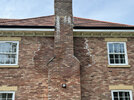 IMG_0945.jpeg1.7 MB · Views: 183
IMG_0945.jpeg1.7 MB · Views: 183


